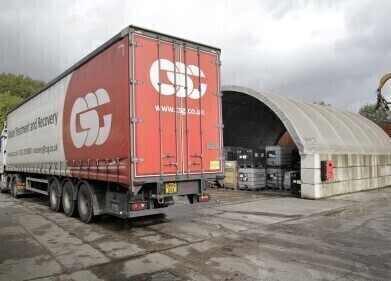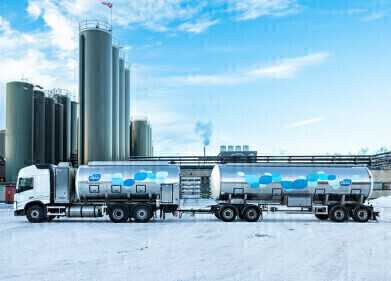Hazardous waste
Does Space Smell?
Mar 31 2016
Since space is itself a vacuum, the question of whether or not it has its own distinct odour would seem to be a redundant one. Even if humans could safely remove their helmets whilst in orbit and take a whiff, the absence of oxygen molecules would lead you to suppose that no smell would be present.
Why, then, do many astronauts concur that after a moon- or space-walk, they return to the space station, remove their helmets and inhale a heady mix of burning brake pads, seared steak and metallic fumes? The answer is simple (though not so simple to pronounce): polycyclic aromatic hydrocarbons, or PAHs for short.
What Are PAHs?
PAHs are apparently ubiquitous particles which can be found all over the universe, including in common everyday items such as coal, wood and oil. In fact, they are so widespread that some speculators have even guessed that they might constitute the very building bricks of our universe and the earliest forms of life here, though such theories are as yet unsubstantiated.
When found in abundance in soil, air or liquid, PAHs can become a potentially dangerous substance. Indeed, the EU water framework directive (WFD) has earmarked PAHs as a hazardous substance and requires water treatment plants to remove all traces of it from supplies, primarily using liquid-liquid extraction or solid phase extraction or similar techniques.
Similarly, elevated levels of PAHs in soil can lead to toxification of the land, which means that it is not arable and cannot simply be treated using the standardised techniques of composting. In such scenarios, more complex bioremediation (often involving the bacteria found in fungi) must be undertaken in order to keep PAHs at an acceptable level.
PAHs in Space
PAHs occur in space most likely as a by-product of dying stars. Once a star fully combusts and collapses in on itself, PAHs are formed and continue floating around in space indefinitely, attaching themselves to meteors, comets and… astronauts’ space suits.
As a result, once an astronauts steps back into a sealed environment after exploring space, he brings with him a whole host of these smelly compounds. The precise aroma of PAHs will differ depending on who you talk to, but most astronauts agree it combines elements of burning and metallic odours. Here are just some of the things astronauts have compared the smell of space to:
- Seared steak
- Walnuts
- Clothes wet after being in the snow
- Hot motorbike brake pads
- The fumes given off when welding
- Gunpowder
- Rum
- Charcoal
- Burnt almonds
- Hot metal
- Ozone
As you can see, there’s not quite a consensus on exactly what space smells like… but it seems all astronauts do have the opinion that it most certainly does smell. Indeed, several years ago NASA approached chemist Steve Pearce in an attempt to recreate the smell.
Though the project was ultimately discarded, Pearce did believe that PAHs (or something like them) were the reason for the unique odour. “These are all consistent descriptions, not flukes,” he said. “That led us to conclude that the sensation is caused by some high-energy vibrations in particles brought back inside which mix with the air.”
Events
Feb 16 2025 Kampala, Uganda
Feb 26 2025 Chennai, India
Feb 26 2025 Tulsa, OK, USA
WATERTECH CHINA (GUANGDONG) 2025
Mar 05 2025 Guangdong, China
Mar 11 2025 Amsterdam, Netherlands














